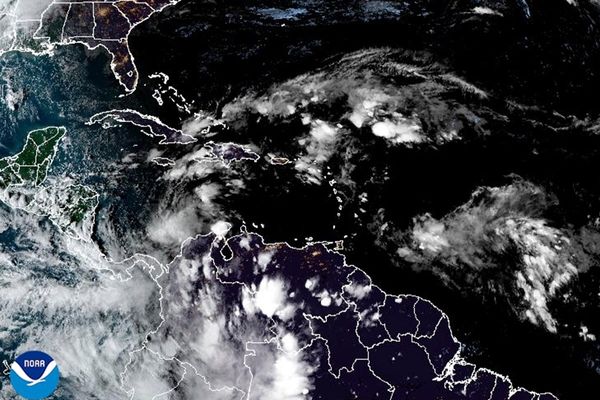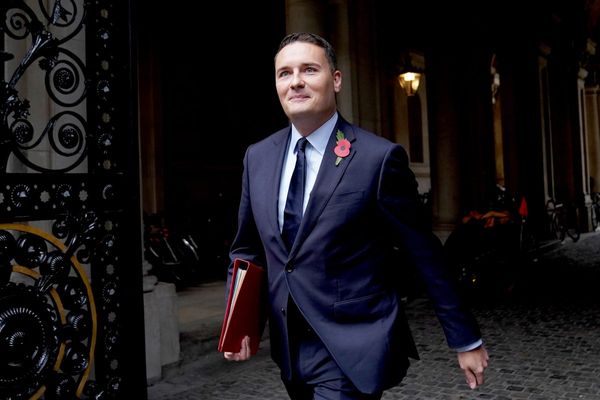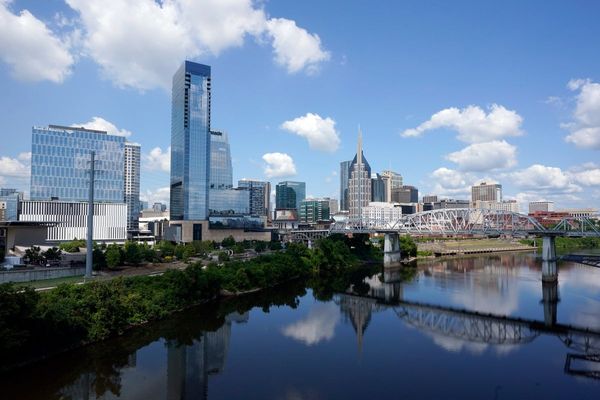
That signing, perhaps one of the biggest driver shocks in living memory, grabbed the world’s attention and laid down a real marker about Ferrari’s ultimate ambitions.
A fresh mood of optimism spread among Ferrari’s loyal tifosi fans, and the presence of chairman John Elkann at its factory to witness the final touches being made to its new SF-24 car ahead of the launch, highlighted a fresh level of enthusiasm at the goings on within Maranello.
It is all part of what Ferrari’s senior management have openly labelled ‘Operation Relaunch’ – a long-term strategic vision aimed at getting the Prancing Horse back to the very front of F1.
But while Hamilton’s signing is perhaps the most public of signs so far of a new era coming for Ferrari, those deeply involved with the F1 team have a slightly different view of the way change is happening.
And for Charles Leclerc in particular, who has been a part of the Ferrari family for years, a defining moment for the team was nothing to do with a new driver arriving – but instead came after an under the radar practice session last year.
He thinks that what happened on the Friday of last August's Dutch Grand Prix was a true game-changer for Ferrari – both in terms of what it learned and how it got everyone lined up.
It was at Zandvoort that, after a challenging first half to the campaign where Leclerc and Carlos Sainz had struggled to deliver answers about the lack of race pace of the SF-23, the team decided to do something different.
Rather than concentrate on tyre preparation for the weekend, instead Ferrari split set-ups completely across Leclerc and Sainz, and spent the entire day focusing on car understanding - evaluating the impact of different downforce levels and mechanical set-ups.

Writing off a practice day for such tests meant Ferrari was left on the back foot for the Dutch GP weekend, but its answers proved to deliver a breakthrough – setting up an end to the campaign that included pole position at the Italian Grand Prix and victory in Singapore.
The significance of that work should not be underestimated, reckons Leclerc, who thinks it more a defining moment for ‘Operation Relaunch’ than the events of the last few weeks.
“I have this feeling since six months already,” he said, when asked by Motorsport.com about whether there was a new mood of optimism within Ferrari right now.
“Six months ago, since we started that second part of the season, there was a really big motivation from the whole team.
“I remember very clearly the moment: we had our particular tests in Zandvoort, in free practice. We came back from Zandvoort and we all sat down and we had very clear results in front of our eyes. And I think that gave a huge motivation to the team because we were like, 'okay, so now we understand what are the weak points of the car, where we need to work, and which direction we need to take.'"
Leclerc felt that the lessons of Zandvoort, and the way the team worked together since, proved transformative in laying the foundations for where it is right now.
“From that moment onwards, everybody has been fully on board with the directions that we have been taking," he said. "Everything made sense. And we saw after three or four races, we brought the new floor in Japan, and straight away it was a step forward, in terms of sensitivities with the wind, but also in terms of the front.
“I speak very often about wanting a strong front, and that was a step forward as well. And I really hope that this [2024] car can follow up the momentum that we've had since the second part of last year.
“I don't think it's a new optimism right now. I think it already started six months ago. But it's a good thing to see. And it's exciting for the future.”

From team principal Fred Vasseur’s perspective, progress had been made prior to that Zandvoort breakthrough – but he concurs it marked a moment where the team really stepped up a gear.
"For sure we woke up after Zandvoort,” he explained. “I'm not sure that it was only linked to Zandvoort, but it was part of the recovery.
“It's not easy to do the sacrifice of one event, because I think that then the event was difficult for different reasons. But it's difficult to say okay, let's sacrifice the FP1 and the FP2 to do some tests to recover.
“I think it was well managed. And it was the right decision at the right moment. And it was probably one of the reasons of the recovery of the team."
While the combination of that Zandvoort legacy and Hamilton’s signing has certainly lifted Ferrari’s hopes of a brighter future, one thing Vasseur will not do is sit back and think it is job done.
He is very much focused on pushing forward with the 2024 car to address the shortcomings of last year, and making forever improvements if there is to be any hope of winning in F1.
"I would say that by DNA, if you start to be happy with what you have, you are dead,” he declared at the launch.
“It means that you need to be always in the mindset of continuous improvement, to try to work on your weaknesses, and to try to step on some areas. And so it's a no-end project.
“For sure people are starting to join the team now, and this is good news. But it's day after day we are reinforcing the team, we are making steps.
“But again, it's not that tomorrow morning I will say now: ‘We are there, and I'm happy with the situation.’ If you start to have this kind of approach, I think it's the beginning of the end."







